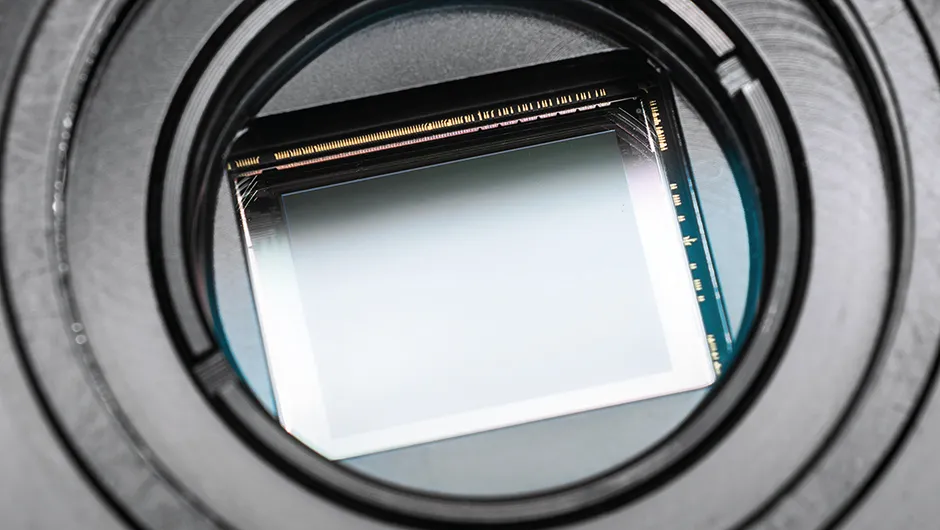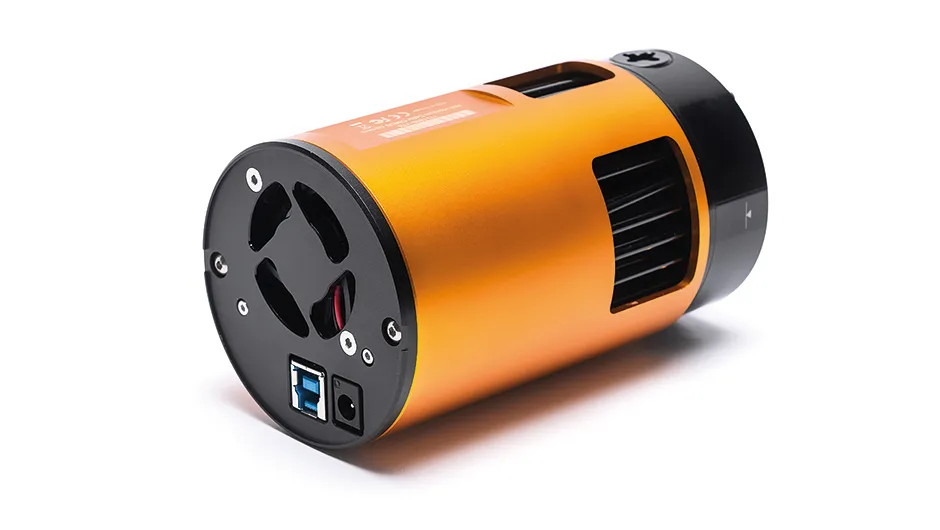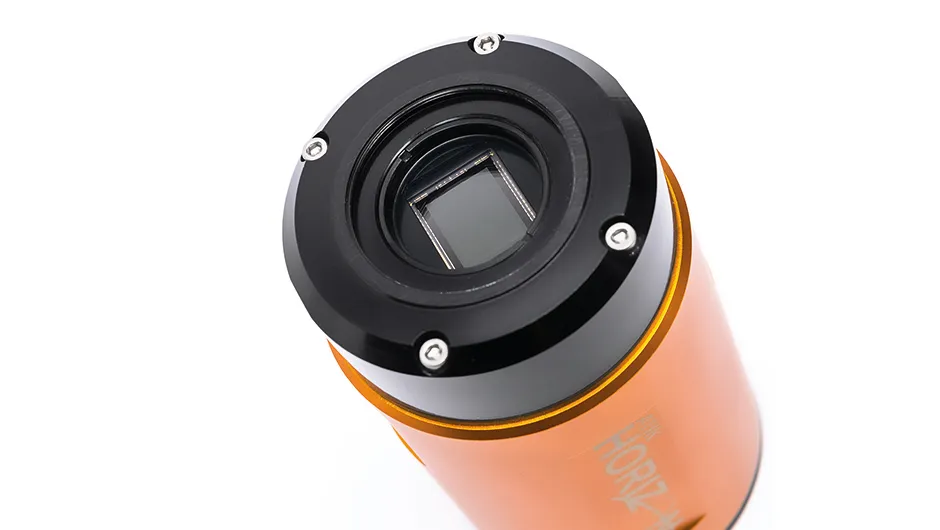The technology behind digital photography is constantly advancing and there’s always something new on the horizon.Camera sensor manufacturers are moving away from CCD designs in favour of cost-effective CMOS sensors.
In line with this trend, Atik Cameras has introduced its first CMOS-based, deep-sky astronomy camera, the aptly named Atik Horizon.
The camera is available in two formats: one-shot colour (OCS) and monochrome.Our review model was the OCS.
While additional filters aren’t required, we find that IR filters benefit the colour balance and saturation of OSC cameras in general, so we attached one to the camera, and mounted it to our refractor.
The Horizon comes with a full software suite, including Artemis Capture imaging software.But with a relatively short window for testing, we opted to use the included ASCOM driver for most of our targets, which enabled us to use our more familiar observatory software with the camera.
The Horizon, in common with other CMOS devices, offers an adjustable gain setting.Atik explains this as being similar to turning up the volume on a radio, bringing out fainter details at the expense of stronger signals.
For monochrome cameras, the advantages of using higher gain settings are more clear-cut, but we tested the three available preset options via the ASCOM driver: low, medium and high, or x1, x5 and x30 respectively.
Although the higher gain settings offered very low read noise, for our tastes the colour camera produced the most appealing pictures with the low gain setting.
This camera is on our list of the best cameras for astrophotography.

Practical testing
Once settled on this option, we set about capturing photographs of some prominent deep-sky targets, including the high dynamic range Orion Nebula, and the famous M65, M66 and NGC 3628 galaxy triplet in Leo.
To see how the Horizon handles a combination of faint and bright stars and different star colours, we also checked out M13, the large globular cluster in Hercules, which is home to a combination of blue, gold and white stars.
The detail revealed in the galaxies was impressive.
The colour within even brighter stars was well controlled on the low gain setting, and it was quite exciting to pick out even tiny, faint, fuzzy galaxies in the background of the Leo Triplet.
The Orion Nebula exposures demonstrated the Horizon’s sensitivity to emission nebulae wavelengths.The results of the M13 exposures also impressed us, truly revealing the star colours within the cluster.

Speedy connections
The download speed from the camera to PC is pleasingly fast – especially given that the individual frames are 31MB each and that we used our existing USB 2 connections.
The efficiency improved even more when we connected the Horizon using the USB 3 cable, which demonstrates the benefit of 256MB of onboard memory.
The fast download times helped to smooth out the framing and focusing procedure, which can sometimes be tedious on high resolution cameras.
We were keen to test the efficiency and stability of the Horizon’s cooling system, as properly matched temperatures on dark and calibration frames can make all the difference in eliminating the effects of amp glow and other unwanted noise artefacts.
We set the cooling to –20°C, which is 30°C below the ambient temperature.
The temperature of the sensor dropped rapidly to just below the target and stabilised after a minute or two at –20°C, reliably maintaining this temperature throughout successive sessions.
With CMOS sensors establishing themselves as the future of photography, Atik’s Horizon is a solidly built, highly capable imaging device with low read noise and adjustable sensitivity, all at a tempting price point.

The Atik Horizon CMOS sensor
CMOS cameras are gradually shaking off their early reputation as a noisier, less desirable alternative to a CCD-based device.The Panasonic MN34230 sensor used in the Horizon goes further, and with Atik’s custom electronics, designed in-house, it actually has a lower read noise at high gain than CCD cameras.
The 16 million pixels are arranged in a 4,644 X 3,506 array, and are 3.8 microns square, with a quantum efficiency of 50%.This makes the camera especially suitable for smaller, short focal length telescopes, – perhaps a 3-inch or 4-inch refractor, or even camera lenses – and it is best-suited to high resolution, wide-field astrophotography.
The colour Horizon variant will appeal to those who want a simple, filter wheel-free imaging system, and will provide optimal results on apochromatic telescopes.
Using higher gain settings allows you to take relatively short exposures – an appealing factor for setups with limited sky tracking capabilities – but suitable targets should be carefully selected when using higher gain settings on the colour version.
Atik Horizon CMOS camera: outstanding features
Software
No need to buy extra software, as the Horizon is fully supported in Artemis Capture, and images can be processed using Dawn.In addition, live view and on-the-fly image stacking is available using the Infinity application, and you can even live broadcast the camera view on YouTube.The software is available on the CD provided or downloadable from www.atik-cameras.com/downloads/
Size, shape & design
With solid aluminium construction, the camera weighs in at a touch over 500g.It’s 13cm in length without a nosepiece, and about 74mm in diameter.This makes it suitable for HyperStar imaging, especially the OSC version.Back-focus from the M42x0.75 female thread at the front is 13mm.
Sealed chamber with desiccant
The CMOS sensor chamber is efficiently sealed with fused quartz glass.We experienced no issues whatsoever with condensation either inside or outside the chamber, even on really humid nights, working at –20°C.A replaceable desiccant is included as an additional defence against frost and ice issues.
Cooling and power
The camera requires a separate 12V DC supply, not provided, to power the camera and the thermo-electronic cooling system, which is assisted by the large heat sink and the powerful, but quiet, rear fan.We found the set point cooling to be very stable during large drops in ambient temperature.
Electronic shutter
There is no mechanical shutter covering the sensor; exposure control is accomplished electronically.While this does make it easier to take short exposures for flat frame calibration files, you’ll need to enable the ‘Even Illumination’ setting in the ASCOM camera driver to ensure that there is no visible gradient on very short exposures.
Atik Horizon CMOS camera: vital stats
- Price: £1219.00
- Weight: 517g
- Supplier: Atik
- Telephone: 01223 727144
- Website:www.atik-cameras.com
This review originally appeared in the June 2018 issue of BBC Sky at Night Magazine
